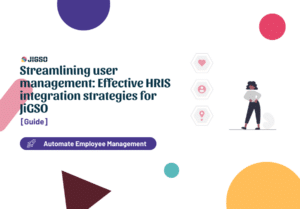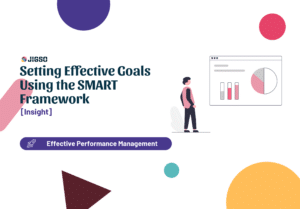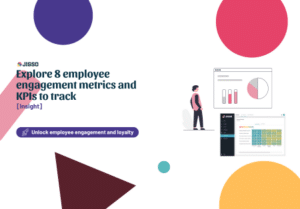The Importance of Maximising Response Rates
Employee surveys are a powerful tool for organizations to gain valuable insights, understand employee sentiments, and drive positive change within the workplace. However, the true effectiveness of these surveys lies in obtaining high response rates that accurately represent the thoughts and opinions of the entire workforce. Without active participation, survey results may lack depth and fail to provide the actionable data needed to make informed decisions.
In this article, we will explore proven strategies and tips to help organizations maximize their employee survey response rates. By implementing these strategies, you can enhance participation, increase the reliability of data collected, and ultimately foster a more engaged and productive workforce. Let’s dive into the key steps and considerations that will empower your organization to boost employee survey response rates and unlock valuable insights for organizational success.
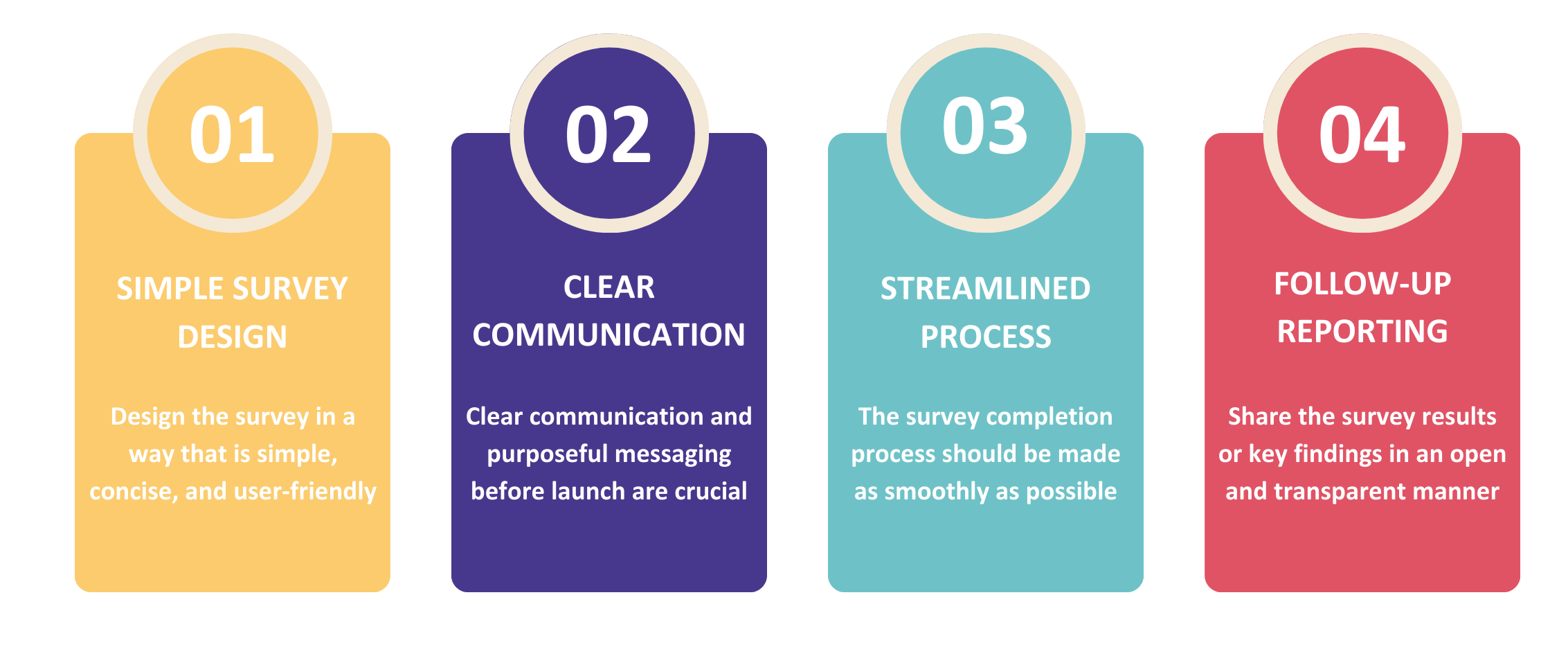
1. Design with Simplicity in Mind
The first step toward increasing survey response rates is to design the survey in a way that is simple, concise, and user-friendly. You want to avoid overwhelming your employees with lengthy questionnaires or unnecessary complexity. To do this, keep the following considerations in mind while designing the survey:
- Keep it Short and Focused
Time is a valuable resource for employees, so keep the survey as concise as possible. Research has shown that the relationship between the total number of questions in a survey and the average time taken to answer each question is not linear: The more questions in a survey, the less time that is spent on each question. - Use Clear and Simple Language
Write survey questions using clear and easy-to-understand language. Ambiguous or complex language can lead to confusion and result in inaccurate responses. To further enhance clarity, consider providing examples or additional explanations that illustrate how the question should be interpreted. - Organize Questions Thoughtfully
Arrange the survey questions in a logical order that flows smoothly for participants. For example, questions using the same set of answer options (i.e. questions using a Likert scale such as `Strongly Disagree` → `Strongly Agree`) should be grouped together in order to prevent employees from having to re-read the options for every question. - Utilize User-Friendly Question Formats
Opt for user-friendly question formats that are easy to navigate and understand. Avoid combining multiple ideas or concepts into a single question, as this can confuse respondents and lead to unclear or inaccurate responses. In addition, try to limit the number of open questions in your survey. While open-ended questions provide valuable qualitative insights, they can be time-consuming and require more effort from respondents. Carefully select and limit the number of open-ended questions to the most critical areas to allow employees to provide thoughtful responses without feeling overwhelmed.
By streamlining your survey design, you remove unnecessary barriers and complexities, making it easier for employees to participate. A well-designed survey increases engagement, response rates, and the overall quality of feedback received.
2. Pre-survey Communication
Clear communication and purposeful messaging before the launch of the survey are crucial. It is important to ensure that employees understand the purpose, importance, and benefits of participating in the survey well before the survey has been launched.
To do this, use various communication channels to explain the purpose of the survey and highlight that the gathered feedback will be used to influence decision-making, help shape policies, and contribute to creating a better work environment. Here, consistency in messaging across different platforms is key in order to ensure that employees receive the information and understand its importance. You can consider the following channels in
- Email: Utilize email as a communication channel to create awareness and build anticipation among employees. Send personalized emails to introduce the upcoming survey, highlighting its purpose, importance, and benefits.
- Newsletters: If your company sends out frequent newsletters, you might consider incorporating information about the survey in your upcoming newsletters in order to reach a wide audience. Use this opportunity to highlight the importance of employee feedback and provide clear instructions on how to participate in the survey.
- Team Meetings: Use team meetings, whether in-person or virtual, to discuss the upcoming survey and its purpose. This allows for interactive communication, addressing any concerns or questions from employees directly and encouraging their participation. In addition, team meetings also ensure that team leaders are closely involved in the surveying process – which often results in increased response rates.
- Internal Messaging Platforms: You can leverage internal messaging platforms like Slack or Microsoft Teams to create dedicated channels or groups for survey-related communication. This enables real-time discussions, announcements, and quick updates.
In addition to effectively communicating the purpose and importance of the survey, it is crucial to address any concerns employees may have about the confidentiality of their responses. By clearly explaining the measures in place to protect their privacy, you can alleviate their worries and encourage their honest participation. Assure employees that survey results will be aggregated and reported in a way that ensures anonymity, with a focus on identifying areas for improvement within the organization as a whole rather than singling out individuals.
3. Streamline the Survey Completion process
To maximize employee participation, it is of crucial importance that the survey completion process is made as smoothly as possible. By taking into account a few basic design principles, you can ensure that your employees will have the most seamless experience and thereby drastically increase your survey’s response rate.
A crucial aspect to make the survey completion process as smooth as possible and to ensure high participation rates is to reduce all technical barriers that may deter employees from taking part. One effective approach is to use a survey tool that seamlessly integrates with existing systems or platforms within the organization. This eliminates the need for additional logins or complex processes, making it effortless for employees to access and complete the survey.
Moreover, it is essential to optimize the survey for multiple platforms, especially mobile devices, considering the increasing use of smartphones and tablets. Ensuring the survey is responsive and displays correctly on different screen sizes allows employees to conveniently participate on the go. This mobile-friendliness significantly improves participation rates, particularly for remote or mobile workers.
Additionally, transparently communicating the estimated time required to complete the survey is crucial. By being upfront about the time commitment, employees can effectively plan their schedules and are less likely to abandon the survey due to perceived lengthiness. Knowing that the survey will not consume an excessive amount of time encourages active participation.
At last, implementing a strategic survey reminder process can be a real game-changer. Sending well-timed and personalized email reminders serves as gentle nudges to prompt employees who may have missed or overlooked the initial survey invitation. By expressing gratitude to those who have already participated and creating a sense of urgency by mentioning the survey deadline, organizations can motivate employees to take prompt action and participate actively in the survey. The template below can be used as inspiration when crafting your own reminder email.
Subject: Final Call for Your Valuable Feedback
Dear [Employee’s Name],
We hope this message finds you well. We want to extend our gratitude for those who have already participated in our employee survey. For those who haven’t had a chance yet, we kindly remind you that the survey will be closing soon.
Your feedback is instrumental in shaping our organization’s future and making meaningful improvements. We assure you that all responses will be kept confidential and used solely for analysis purposes.
The survey takes only [estimated time] to complete, and we value every response we receive.
Your insights matter to us. Please take a moment to share your thoughts before the survey ends.
Survey Link: [Survey Link]
Thank you for your time and valuable input.
Best regards, [Your Name] [Your Title/Organization]
Interested to find out more on how to craft great email reminders? Make sure to check out the following article.
By implementing these strategies, organizations can create an environment that fosters employee engagement and ensures a seamless and user-friendly survey experience. In the next section, we will explore additional strategies to maximize survey response rates and gather valuable insights.
4. Demonstrating Value and Driving Change
Increasing survey response rates goes beyond the process of data collection: it extends into the post-survey phase where communication of the results plays a pivotal role. After employees have taken the time to participate in the survey and share their feedback, it is now the organisation’s turn to close the loop by effectively communicating the survey results back to them.
By communicating these results, organizations demonstrate transparency and show that employee feedback is valued and taken seriously. This sharing of information helps employees understand that their voices have been heard and that their feedback plays a vital role in shaping the organization – resulting in increased survey response rates for future surveys.
Presenting the survey results in a clear and easy-to-understand format is equally important. Avoid using technical jargon or complex language that might confuse employees. Utilizing visual aids like graphs and charts to illustrate key findings and trends can make it easier for employees to grasp the insights. Ideally, these results are reported back in an aggregated way on team or departmental level. This allows employees to understand how the survey has been answered by people in their immediate surroundings and fosters a sense of connection.
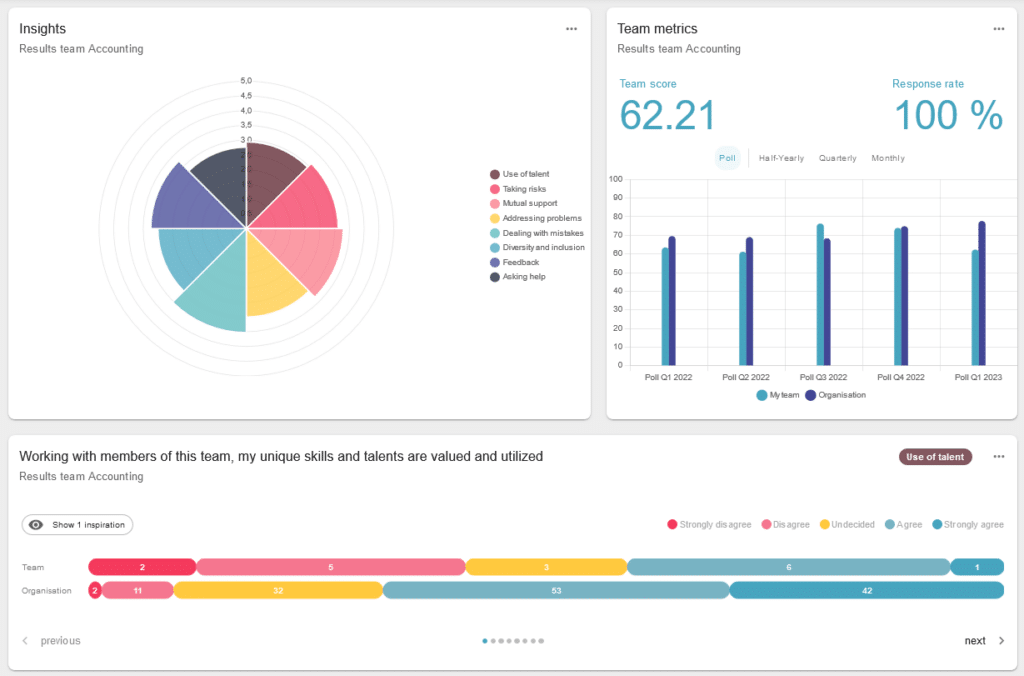
Additionally, HR teams should highlight any specific actions or initiatives that have been implemented based on the survey feedback. Linking survey results to concrete actions and improvements reinforces the idea that employee feedback directly influences positive change within the organization. Acknowledging and recognizing employees’ contributions to the survey is essential. Thanking them for their participation and emphasizing the impact their feedback has had on driving positive change fosters a sense of ownership and encourages ongoing engagement in future surveys.
Finally, emphasizing the organization’s commitment to continuous improvement and explaining how future surveys will build upon previous feedback reinforces the notion that employee input is essential in shaping the organization’s future decisions and initiatives. This approach creates a culture of feedback and continuous improvement, encouraging employees to actively participate in future surveys as well.
Conclusion
Maximizing employee survey response rates is essential for organizations aiming to gain valuable insights and drive positive change. By focusing on user-friendly survey designs, clear communication, and seamless completion processes, organizations can enhance employee engagement and participation.
Moreover, transparently sharing survey results and taking action based on feedback demonstrate the organization’s commitment to employee input and continuous improvement.
Increased response rates lead to more comprehensive and representative data, empowering decision-making and fostering a culture of trust and collaboration. Emphasizing these strategies fosters a more engaged and empowered workforce, enabling organizations to thrive and achieve their goals.

